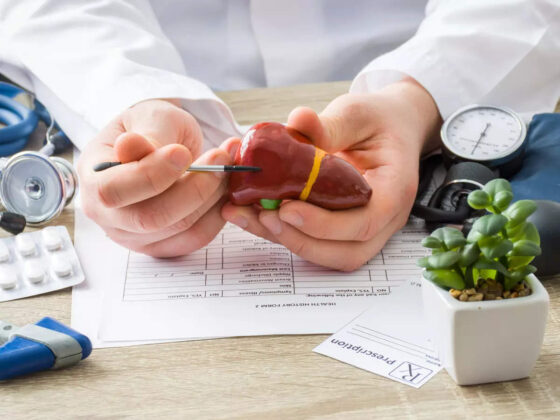The number of COVID-19 cases climbed to 834 in India on Saturday with the death toll rising to 19, according to the Union Health Ministry. Total number of cases in India is still low. This might seem comforting, but as epidemiologists and health experts have pointed out, this could be a big illusion arising out of the abysmally low level of diagnostic testing based.
Cases are now doubling every five days and matching global trajectories. It is still feared that widespread community transmission may happen in India. India’s poor public healthcare infrastructure seems unable to handle this situation. There are many other challenges that will emerge soon. Some of these challenges are health related, others are social and economic. Here we have listed some of the challenges in India’s battle against COVID19.
Community Transmission of COVID-19
India has begun preparing for Stage-3 of the outbreak following recommendation from members of the COVID-19 task force, even as Indian Council of Medical Research (ICMR) continues to maintain that there is no evidence of community transmission in the country yet.
According to scientists, three stages for the transmission of covid-19 are being discussed. These can be explained as Stage 1 which is when the country receives imported cases, stage 2 is local transmission when persons can get the infection from known sources.
Stage 3 is community transmission, when the source of infection is not known for majority of the infected population and new positive cases can no longer be traced to diagnosed cases. This would mean, the scale of the outbreak increases.
India is currently between Stage 2 and Stage 3 of the covid-19 disease spread. But who knows what happens next?
For most Indians, this way of sanitization is not a practice
According to 76th round of the National Sample Survey Organisation (NSSO), only in 36 per cent Indian households wash their hands with soap before a meal.
This figure was arrived at on the basis of the survey that included a household in this category if majority of the household members usually washed their hands with soap. This means not everyone may not be washing their hands with soap in these homes. More than 60 per cent used only water to wash hands.
India is Testing So Little
Why is a densely populated country with more than a billion people testing so little? The official assumption is the disease has still not spread in the community. Experts believe that India is testing below scale because it fears that its under-resourced and uneven public health system could be swamped by patients. India could be buying time to stock up on testing kits and add isolation and hospital beds.
Poor healthcare
India has eight doctors per 10,000 people compared to 41 in Italy and 71 in Korea. It has one state-run hospital for more than 55,000 people. (Private hospitals are out of reach for most people).
India has fewer than 100,000 intensive-care unit beds and 20,000 ventilators, most of which are only in the large cities. The scenes where Italian doctors had to choose between multiple patients to determine who would get a ventilator would increase multifold in India’s weak health system.
India’s traditional neglect of public healthcare will begin to bite if the disease spreads to its teeming small towns and villages.
Many Indians are more prone to Infection
Studies from China suggest that people with uncontrolled hypertension and diabetes are more likely to experience severe Covid-19 and die from it. About a third of India’s population is hypertensive, and over one in 10 adults are diabetic. Children were less likely to be infected in China, but India has millions of undernourished children, who are more prone to infections.
India’s high rates of tuberculosis, pneumonia, smoking and poor air quality won’t help when it comes to a respiratory disease. Some were counting on the summer heat and humidity to bail India out, but there was no evidence that the rising temperature would stop the disease.











